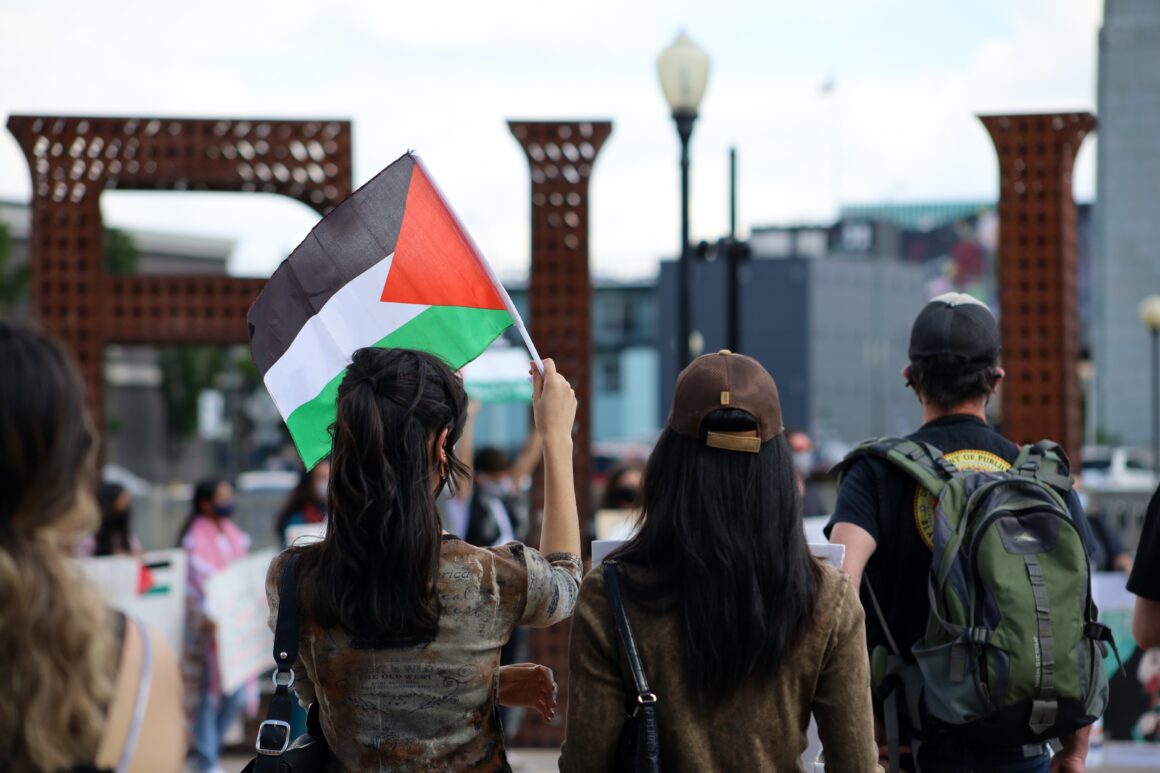The 13th amendment clearly states, “neither slavery nor involuntary servitude, except as a punishment for crime whereof the party shall have been duly convicted, shall exist within the United States.” That minuscule preposition “except” is the most troubling aspect of this claim, it is that tiny word that gives this constitutional amendment a whole new meaning—the post-emancipation justification of slavery in the United States. It is from here that the history of prison labor being used to further regulate the institutionalization of African Americans in slavery derives from.
After the Civil War, racism was not simply “extinguished.” Freedom from formerly held “conventional” slavery was granted to African Americans, but African Americans typically had no homes, jobs, or money after being freed. They typically became homeless, or forced back into farming jobs. This created the “black people are lazy” stereotype that we still see plaguing our society today. This also led to African Americans being arrested in large numbers just to be readmitted as a slave—but this time, a slave to the state. In fact, after the 13th amendment passed in 1865, the Supreme Court case Ruffin v. Commonwealth of 1871 formally declared prisoners as quite literally “slaves of the state.”
This Punishment Clause can be viewed, in our modern society, blatantly abusing the rights of more than 7 million individuals in prison systems across the country, that is equivalent to 1 in every 35 adults nationwide. The overload of prison inmates around the country is known as the phenomenon of mass incarceration, and it is fueled by various catalysts such as profit and racial bias.
In order to accurately view the skewed system of mass incarceration, we must look at the disproportionality of races arrested and placed in the prison system. According to the NAACP, “African Americans now constitute nearly 1 million of the total 2.3 million incarcerated population” and “African Americans are incarcerated at nearly six times the rate of whites.” How can a demographic comprising only 13% of the country’s population have such overwhelming numbers in our prison system? This obviously indicates a flaw in the execution of our judicial system.
The American Civil Liberties Union has found that although the rates of drug usage are seen as equal between both black and white Americans, black people are 10 times more likely to be jailed on such drug charges than white people are. In specific regards to marijuana charges, black people are three times more likely to be arrested than white people. The war on drugs is but one factor that leads to racist arrests, with one in three black men expecting to be incarcerated in his lifetime.
It has also been found that ‘driving while black’ is viewed as a crime within itself. Justice department statistics show a black driver is about 31 percent more likely to be pulled over than a white driver, or about 23 percent more likely than a Hispanic driver. The same statistics also found that “67.5 percent of black motorists stopped by police said the reason for the stop was legitimate, compared with 73.6 percent of Hispanics and 83.6 percent of whites.”

Once cleared by a prison medic, inmates are forced into different forms of penal labor. Refusal to perform such manual servitude results in inhumane punishment: including solitary confinement or the revocation of family visitation. Such punishment have been studied by psychologists to be torturous and can lead to debilitating psychological impairment, considering humans are social creatures with a biological need to interact.
Once forced into labor, inmates typically earn less than a dollar per hour (if anything) for their completed tasks. Despite earning around 12-40 cents per hour for labor, 80% of an inmate’s earning go to taxes and deductions.
Despite the Universal Declaration of Human Rights granting “everyone […] the right to form and to join trade unions for the protection of his interests,” that right was revoked for prison inmates in the 1977 Supreme Court case Jones v. North Carolina Prisoners’ Labor Union, which upheld a North Carolina warden’s ban on prisoners forming a labor union. Therefore reinforcing that labor is strictly enforced and 100% of able-bodied inmates are required to partake in manual prison labor.
The profiting of such drastic servitude benefits countless corporations, with the opportunity of earning 40% back in tax reimbursements for utilizing inmates. With inmates not being considered legal employees by the court system, companies take advantage of this cheap labor by omitting the offering of workers’ compensation insurance, unemployment benefits, or healthcare.
Not only are we seeing a staggering disparity in the demographics that make up our nation’s inmate population, but we are seeing the wealthy corporations of our country profit off of the inhumane labor of countless prisoners of color. We are seeing the revocation of human rights, the disregard of an individual’s humanity; we are seeing new-age slavery prosper in the United States, and we are not acknowledging it.




